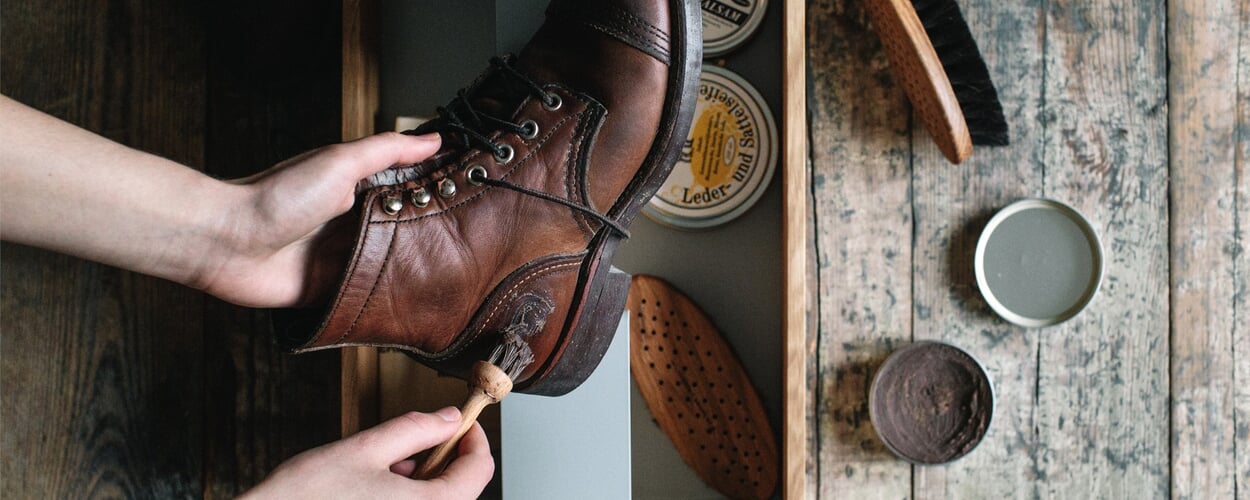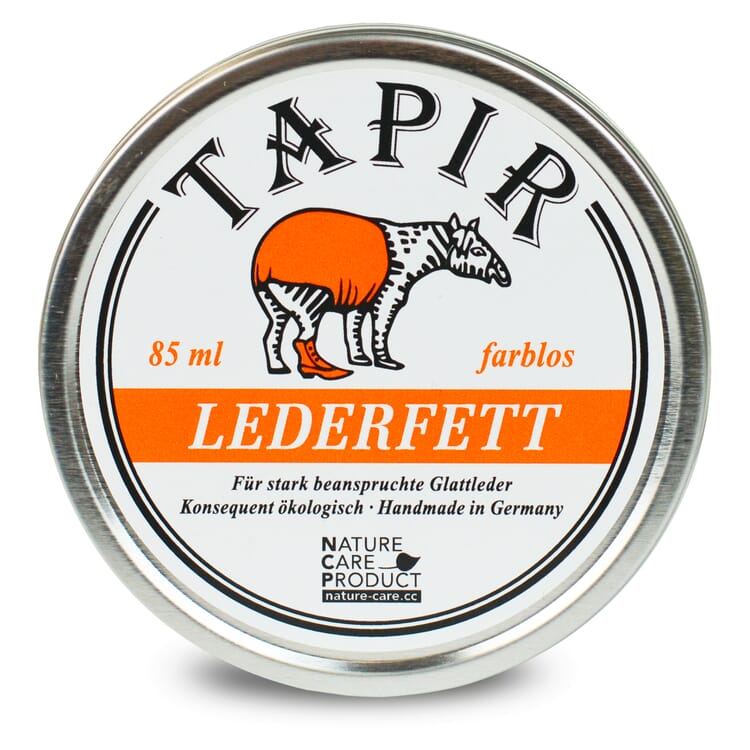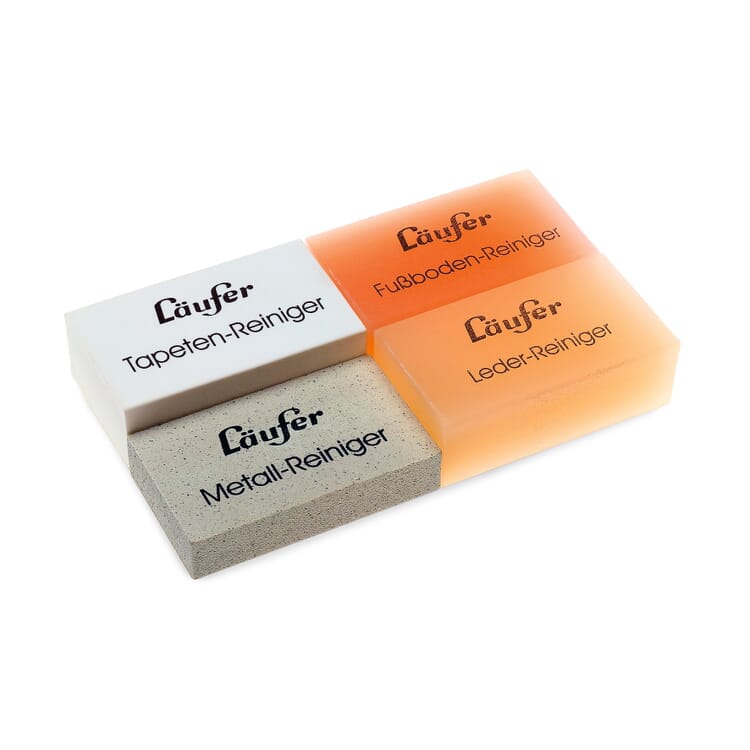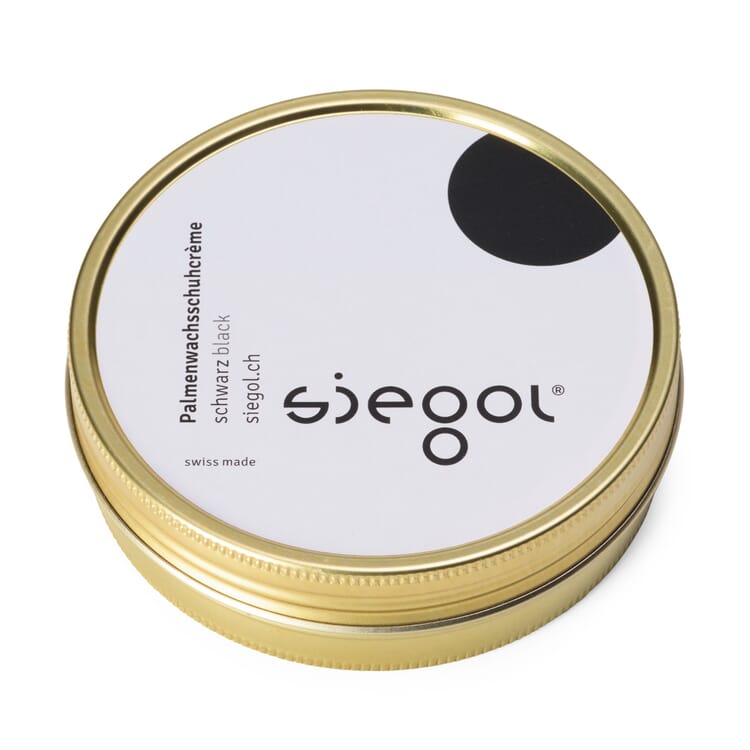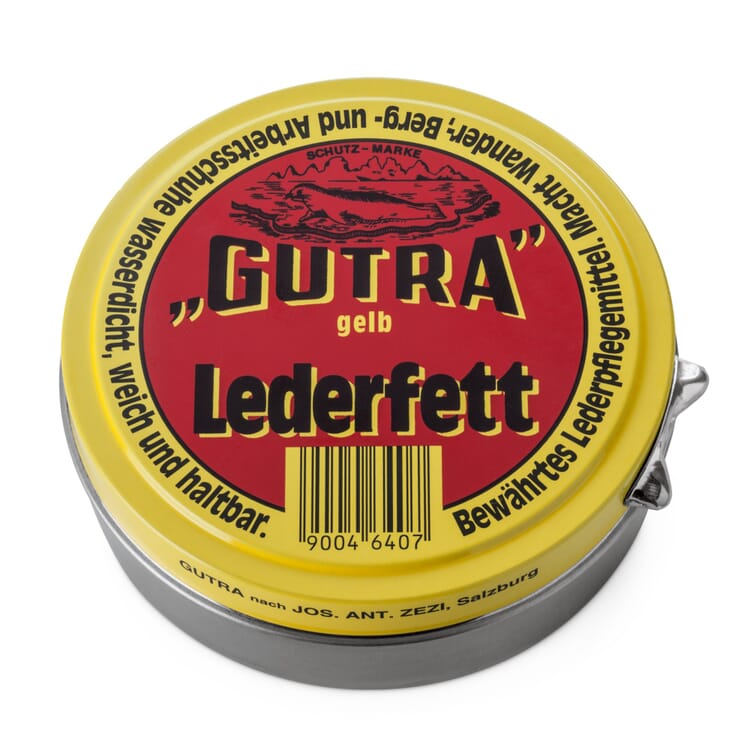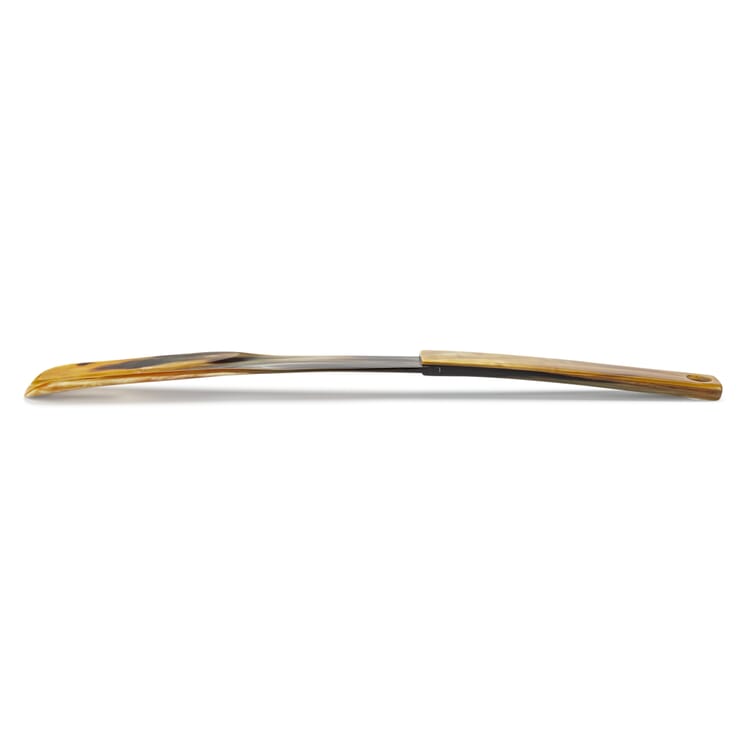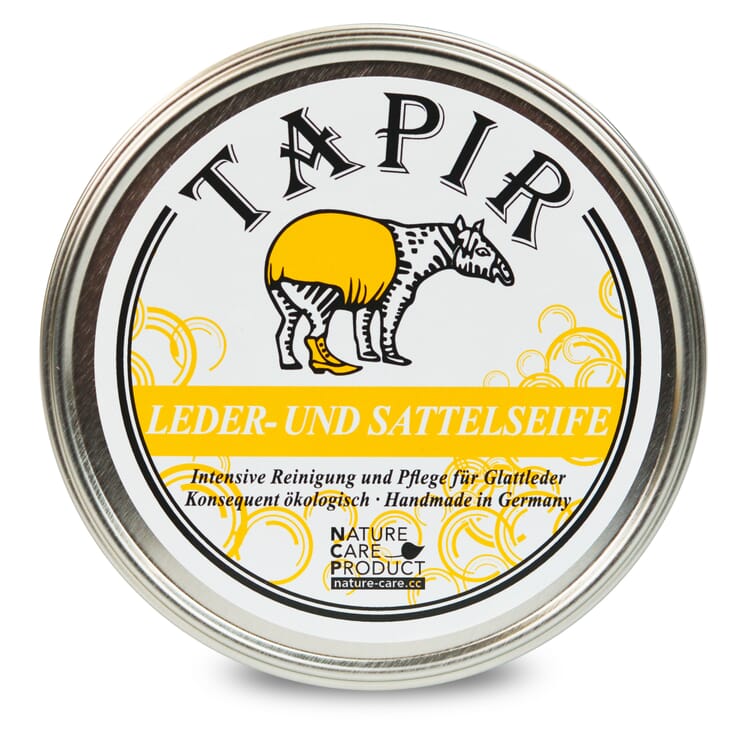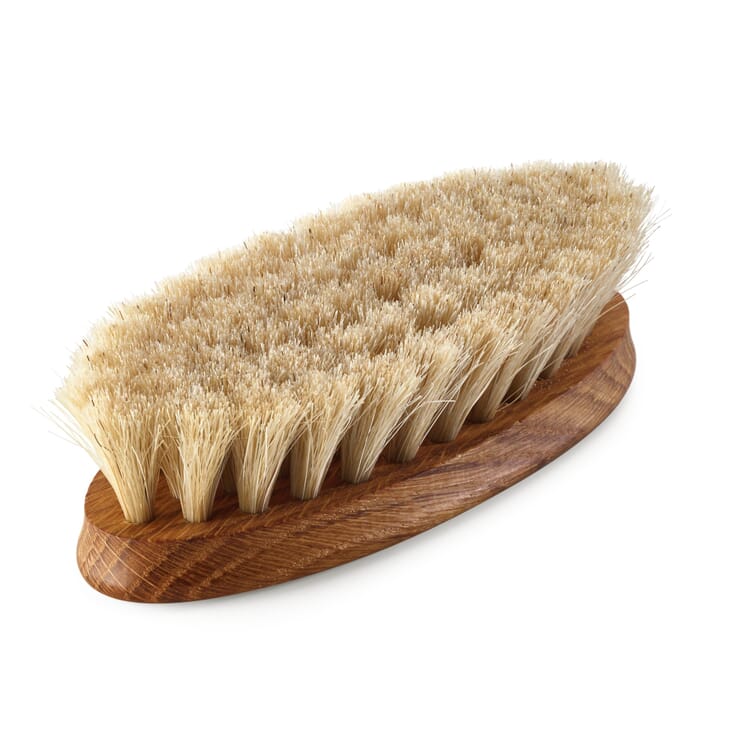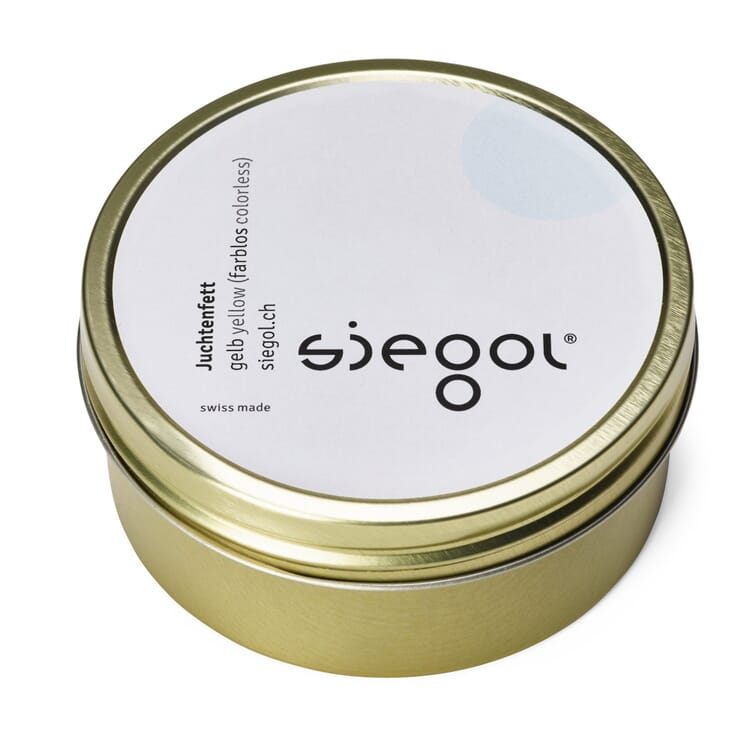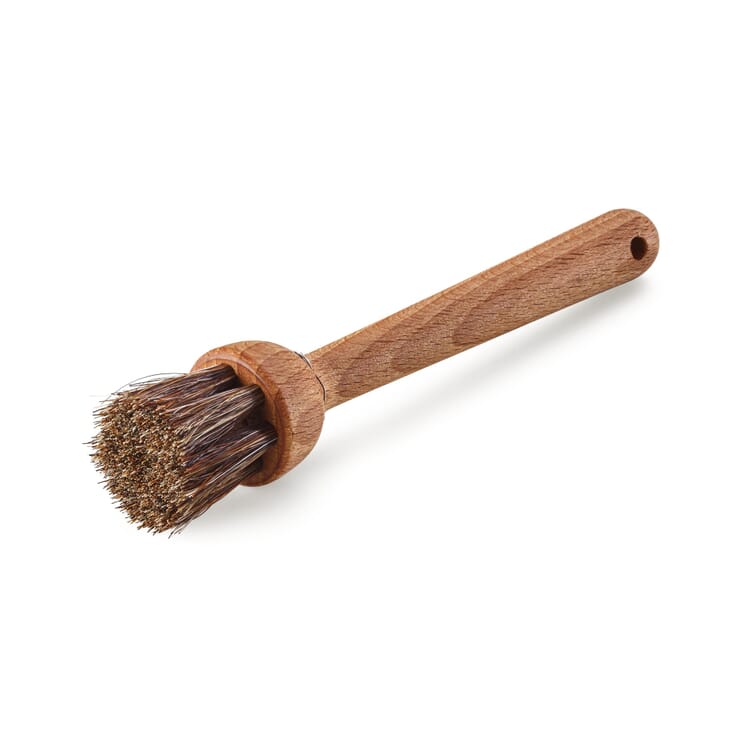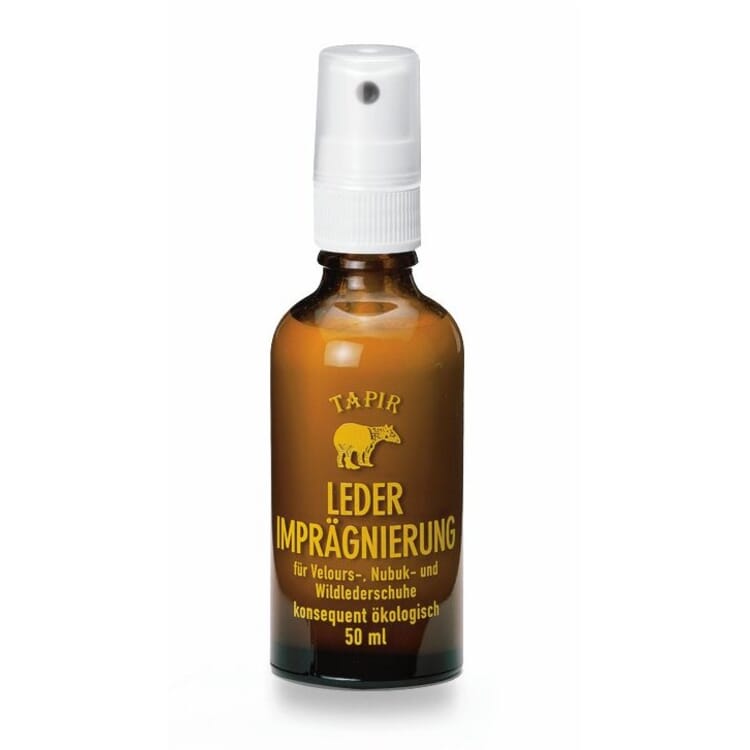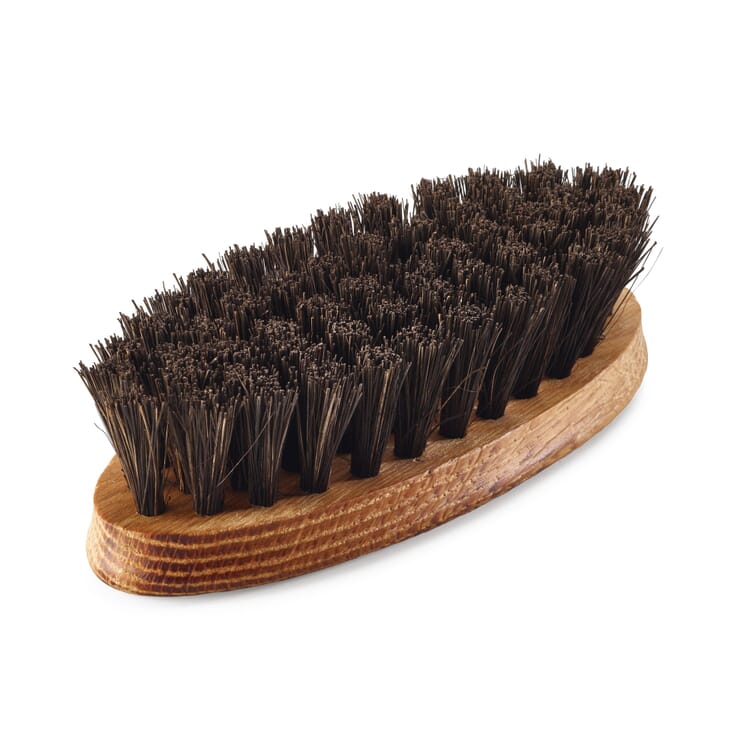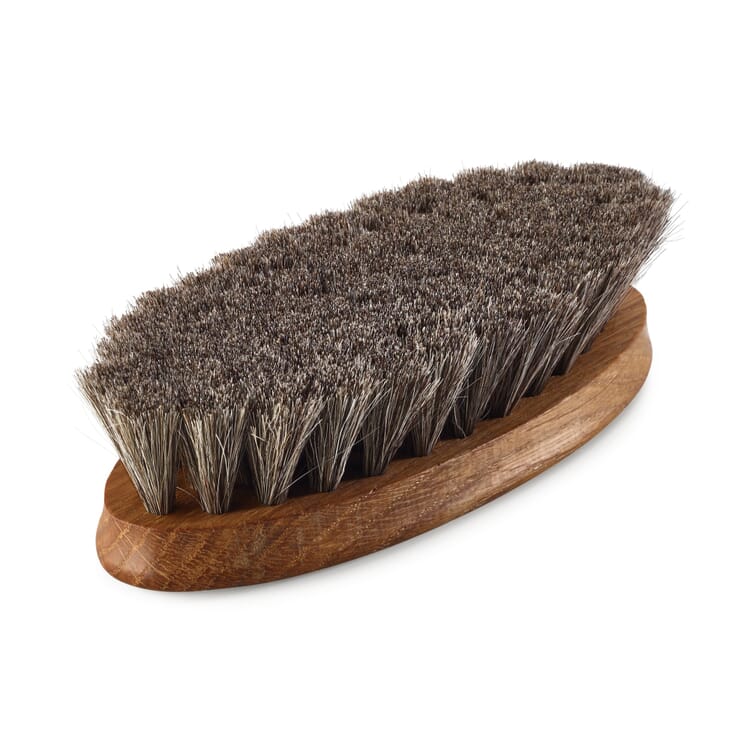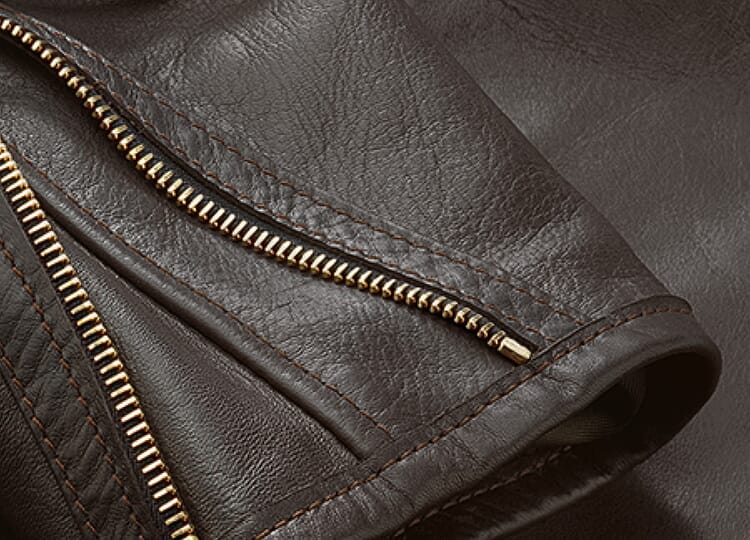Material
Leather care tips
How much care a leather needs depends on various factors - for example, the particular leather goods and leather type, the use and wearing habits and also significantly on the quality of the leather. For high-quality leather jackets, for example, frequent wearing is the best care. This is because the leather is continuously tumbled and kept supple by the movement. With any leather, the color and surface change with use, as well as through light and weathering. Thus, a beautiful, individual patina develops over time, which at the same time protects the leather and should therefore not be "cleaned out". Whichever leather care product you choose, look at the ingredients. Because products made from natural ingredients are not only good for the leather, but also for the environment.
Care of smooth leather
- Dried dirt can be easily removed with a horsehair brush. Smaller dirt can be easily removed with a leather eraser - deposits due to grease can be cleaned with a damp sponge and neutral soap. Make sure that the leather is not completely soaked. Then rub the damp area with a lint-free cloth and allow to dry - If your leather jacket or leather bag has once come in the rain, it is best not to let the drops stand, but spread evenly over the surface with a lint-free cloth. Then dry thoroughly on a wide hanger in a well-ventilated place - Leather bags often have to withstand more than leather jackets in daily use. For soiling and stains, either Leather and Saddle Soap (robust, strong leathers) or a cleaning and caring leather oil (finer leathers) is recommended here - For shoes, the leather can dry out due to frequent wearing, especially in wet weather. To make it supple and shiny again, you can work in leather greases, shoe creams or waxes and then polish the leather with a shine brush - Rather use waterproofing agents sparingly, because too much of it can close the pores of the leather and impair its breathability. Make sure to apply evenly so that there are no streaks. Any residue can be easily removed with heat, such as a hair dryer, and a lint-free cloth.
Suede leather care
- Regular care is the top priority for rough leathers such as suede and nubuck, the most important utensil is the crepe brush. With its help, you can not only remove dust and dirt, but also roughen up sticky, greasy areas - individual stains and greasy areas can be tackled with a leather eraser. Or you can use a mild soap, hair shampoo or a (shoe) cleaner specifically for suede to remove stains. - To maintain the open-pored surface and prevent the fibers from sticking together, avoid care products that contain a lot of grease or wax. - To prevent moisture from penetrating too deeply into the leather, you can treat suede from time to time with a special impregnating agent for suede. However, the material remains sensitive to moisture, so your shoes, jackets or bags made of suede are much better off at home in rainy weather. By the way, you can find more tips on care of smooth and suede shoes in our guide cleaning and caring for shoes.
Shell cordovan shoes care
- For shoes made of Shell Cordovan the motto is: less is more**. In order for the shoes to retain their typical Cordovan shine and for you to enjoy them for a long time, you must never over-care for the leather. Too much shoe polish tends to damage the shoes, because the leather itself is already very greasy. Especially you should absolutely avoid solvent-based care products - For cleaning and care, it is best to use a horsehair brush and a soft polishing cloth. Also the so-called fat efflorescence - a whitish film that can develop in Cordovan shoes due to temperature or humidity fluctuations - can be easily worked into the leather with the brush - Small scratches or scuffs can be polished away with the back of a spoon in circular movements, for example.
- The final fine polishing with a goat hair polishing brush allows the shine to shine even more clearly. - Basically, the following applies to many leather shoes: Do not wear them every day, but rather with a day's interval, so that the leather can dry well. It is recommended to use shoe trees after wearing and during care.
Selected products for leather care
Recommended Topics
Horsehide - the term "horsehide" is also commonly used - can be made from the hides of various horse species. Since horses are rarely used for agricultural purposes today, it belongs to the rare and luxurious types of leather. Depending on which leather goods are produced, different areas of the hide come into question.
View more
